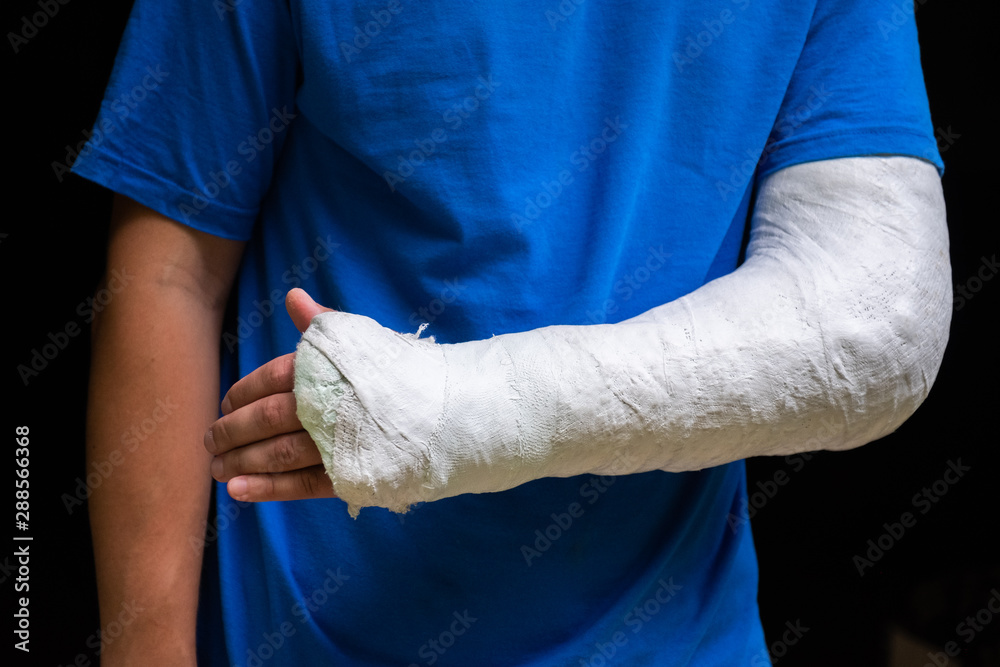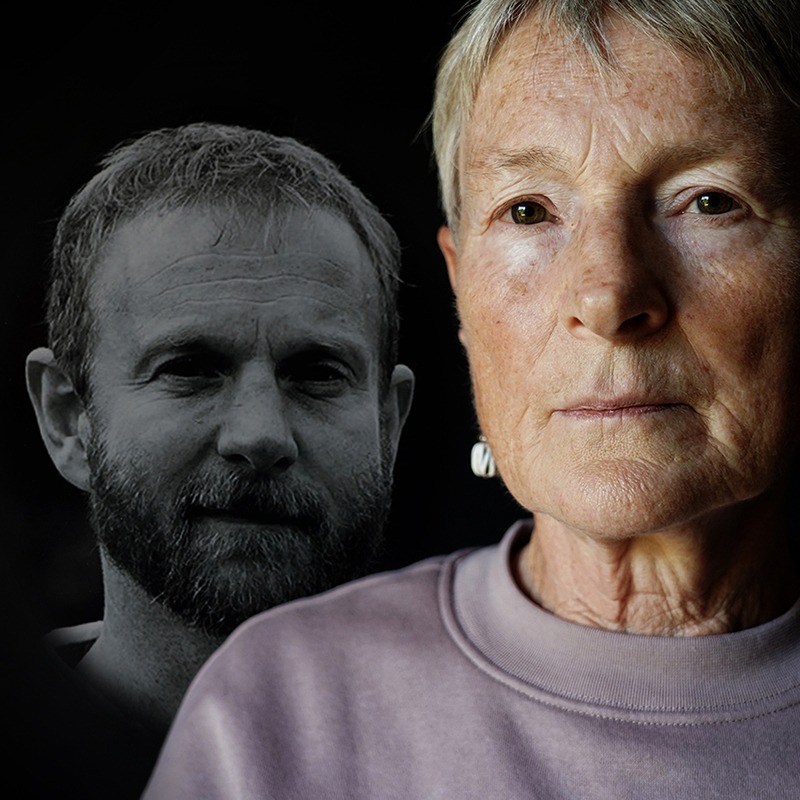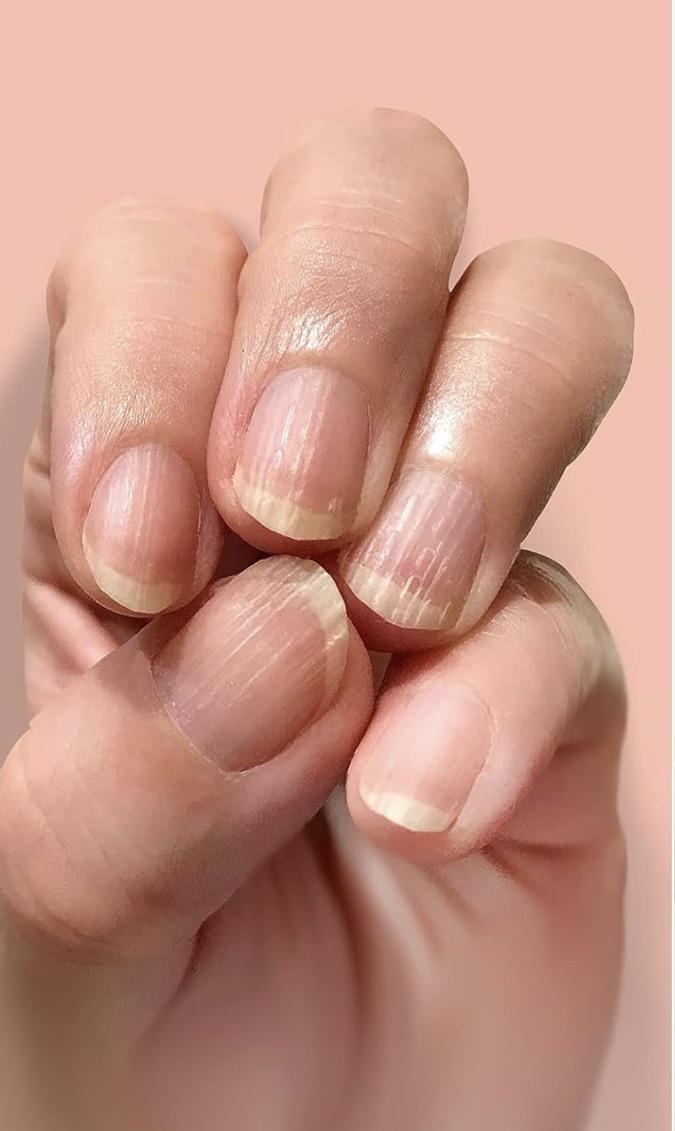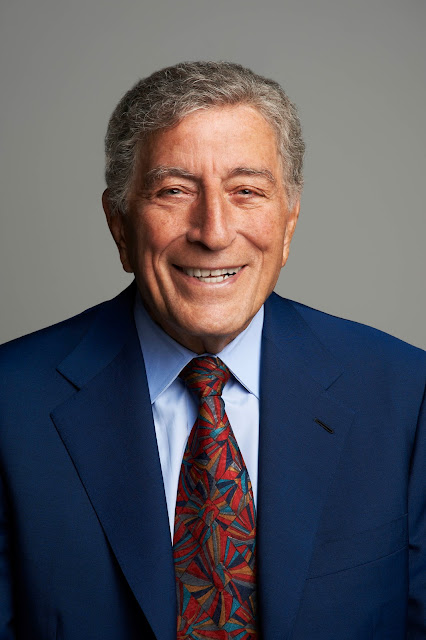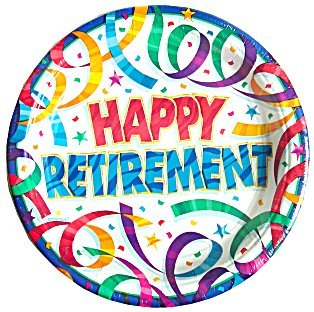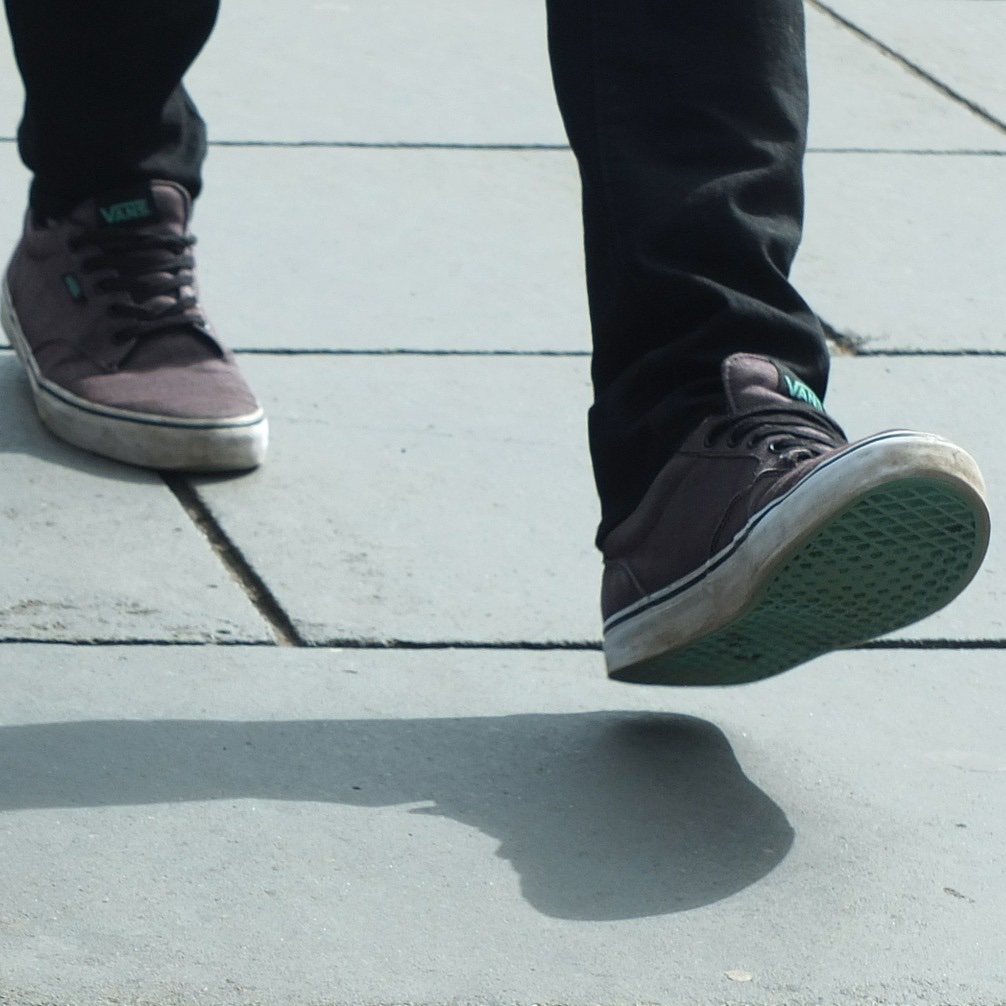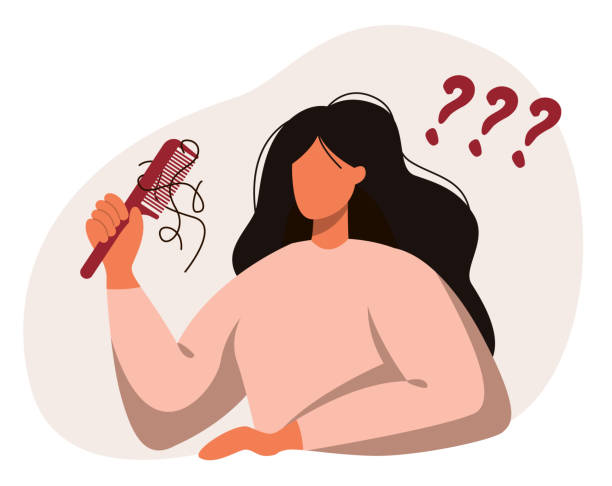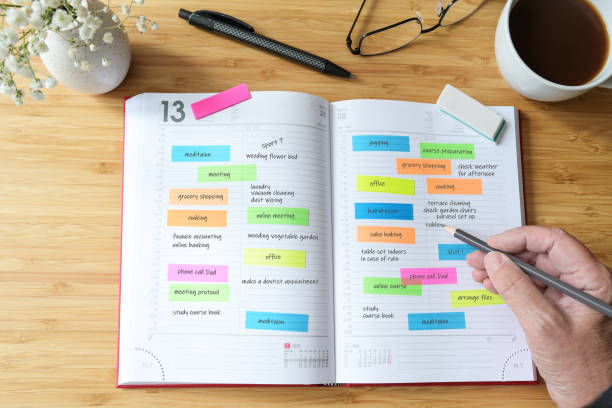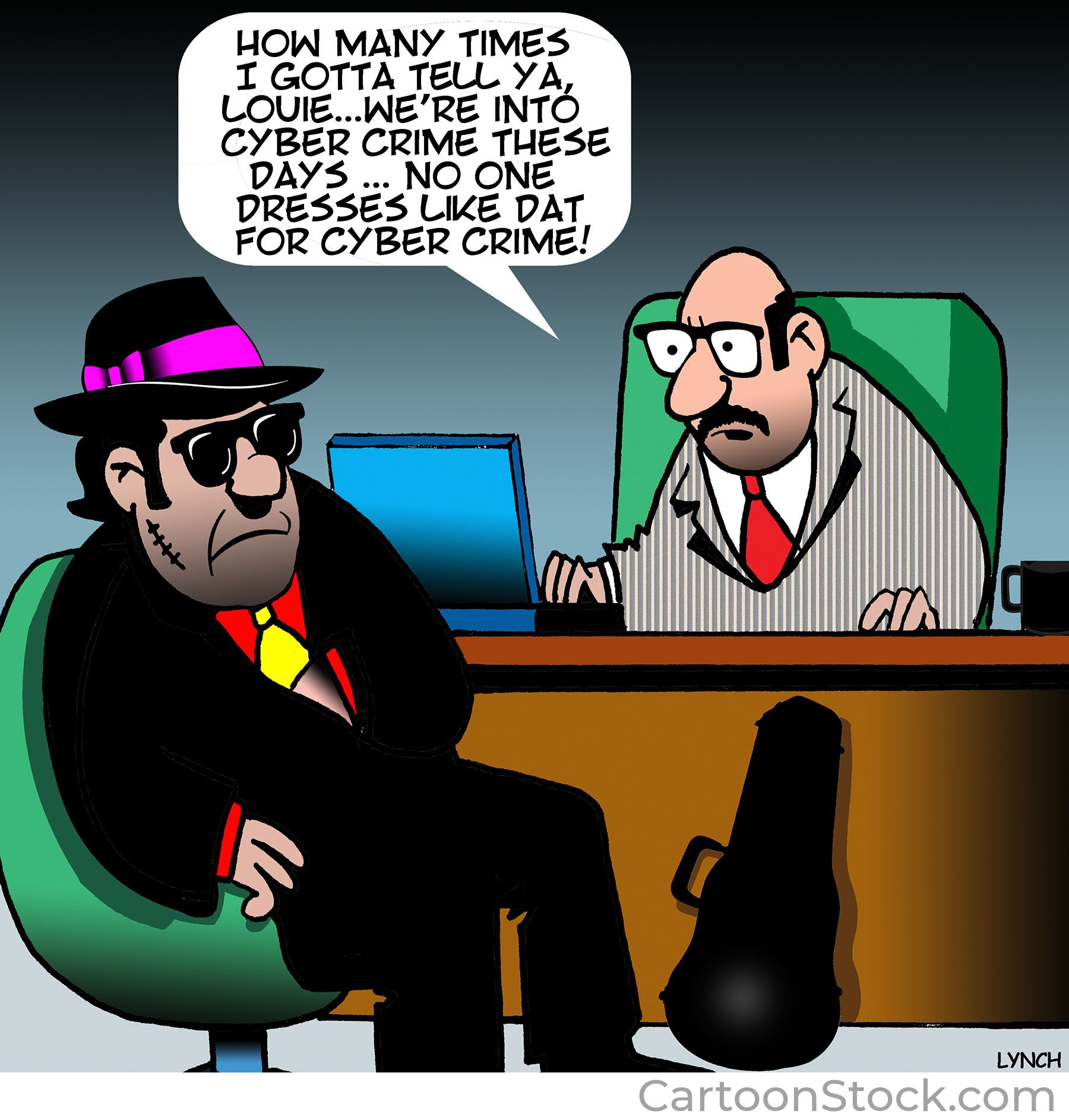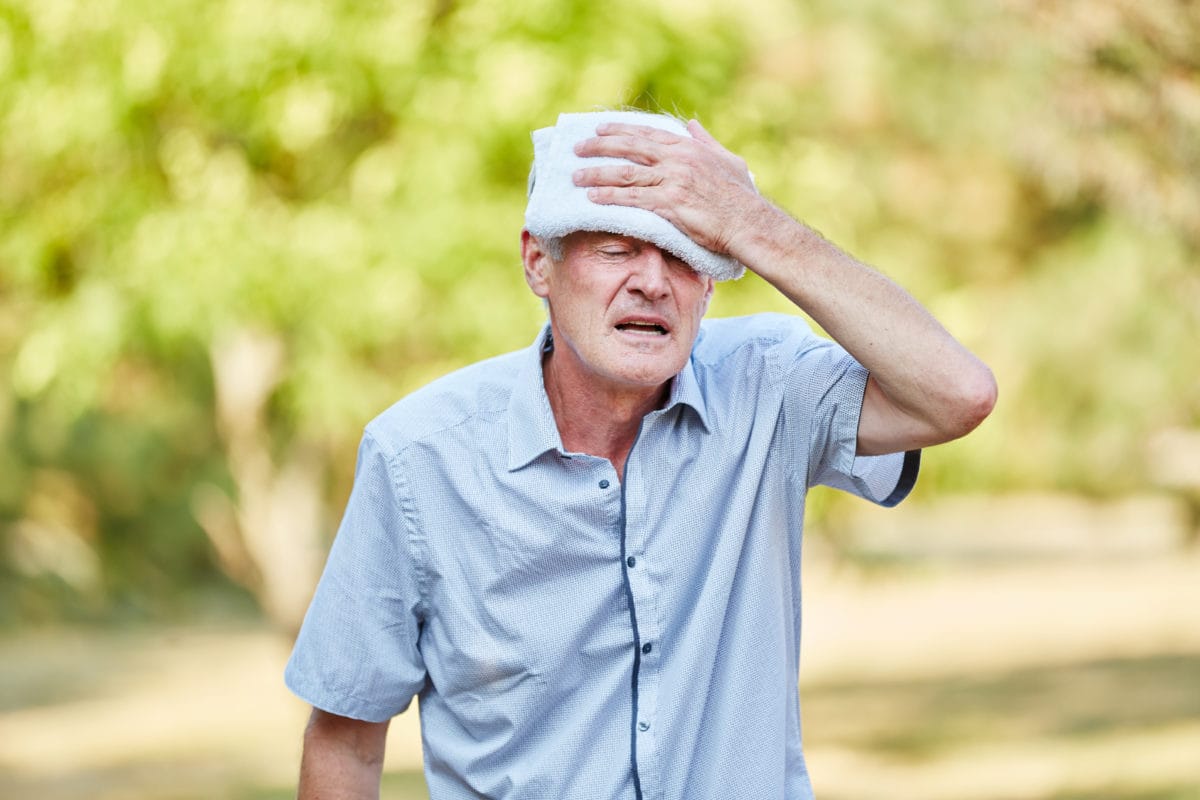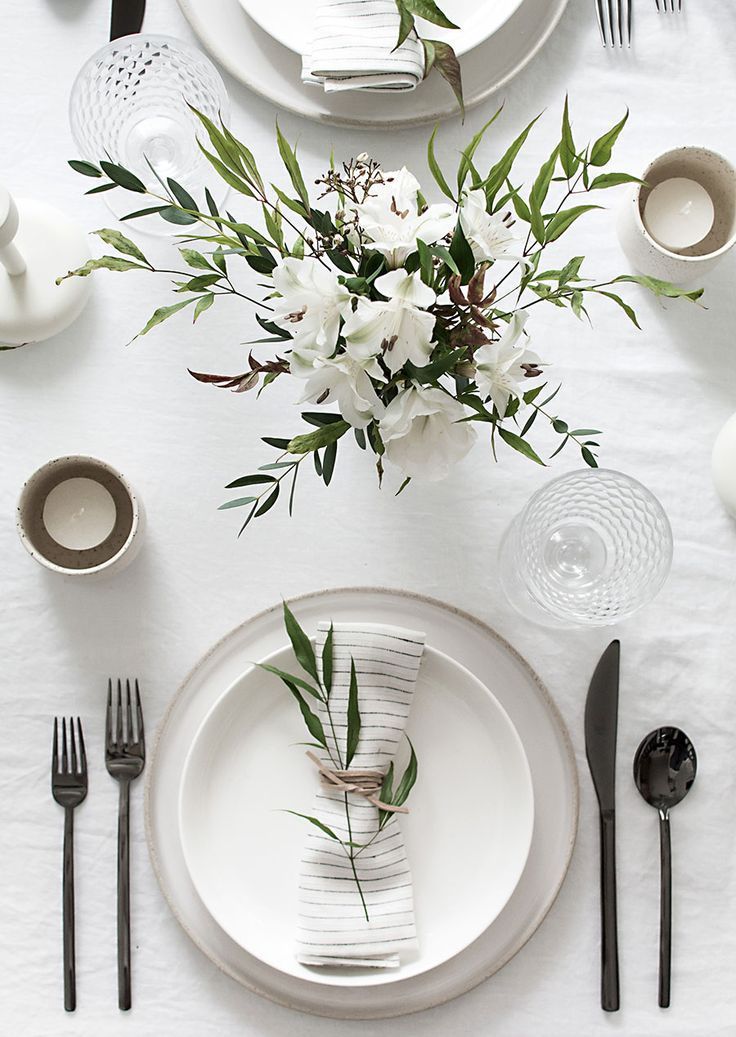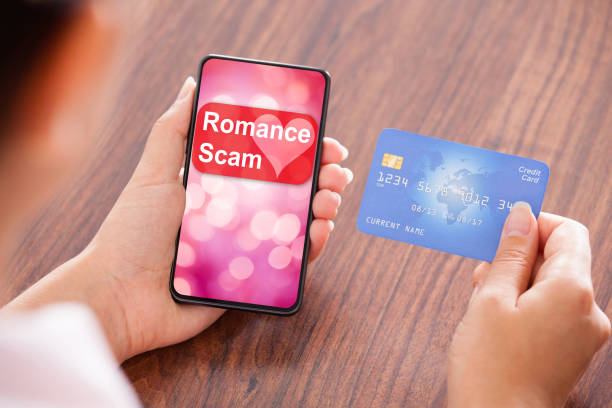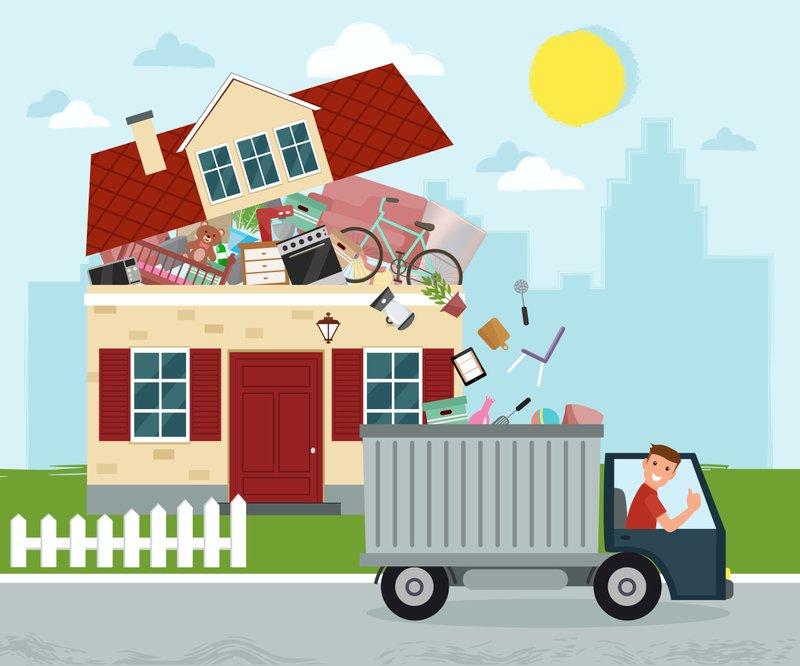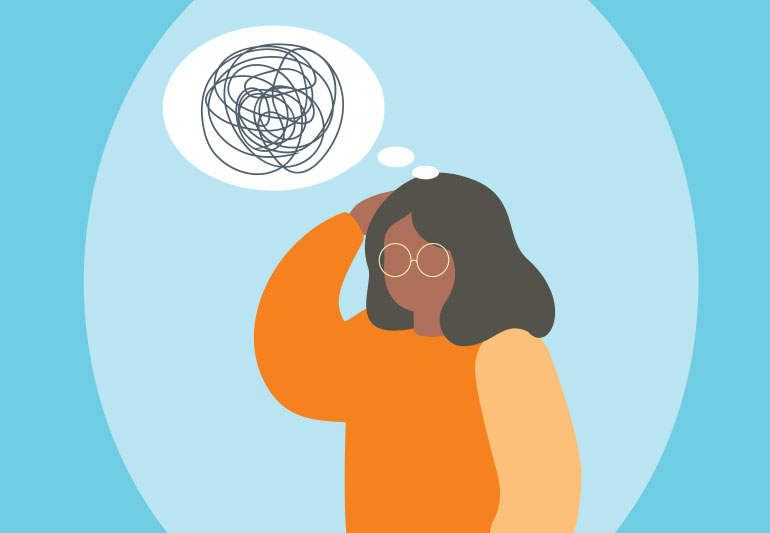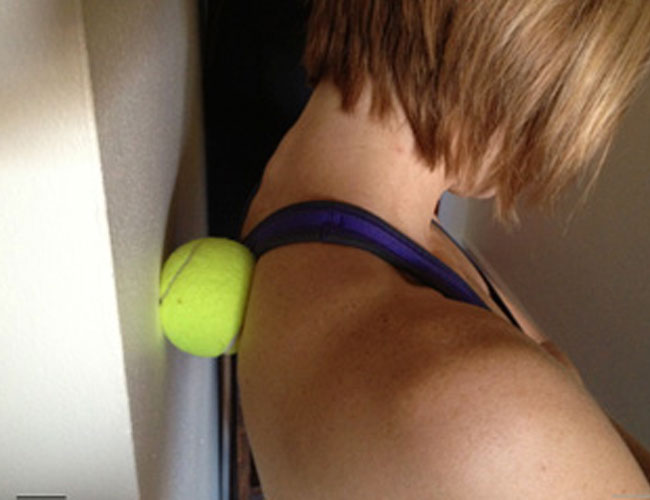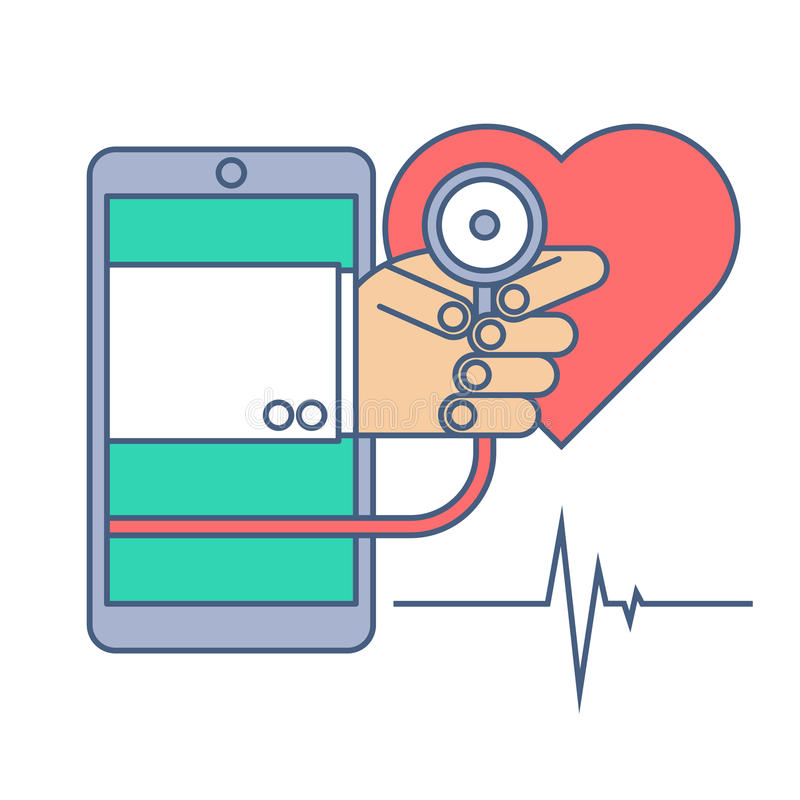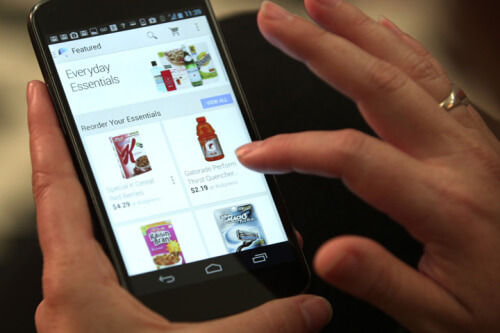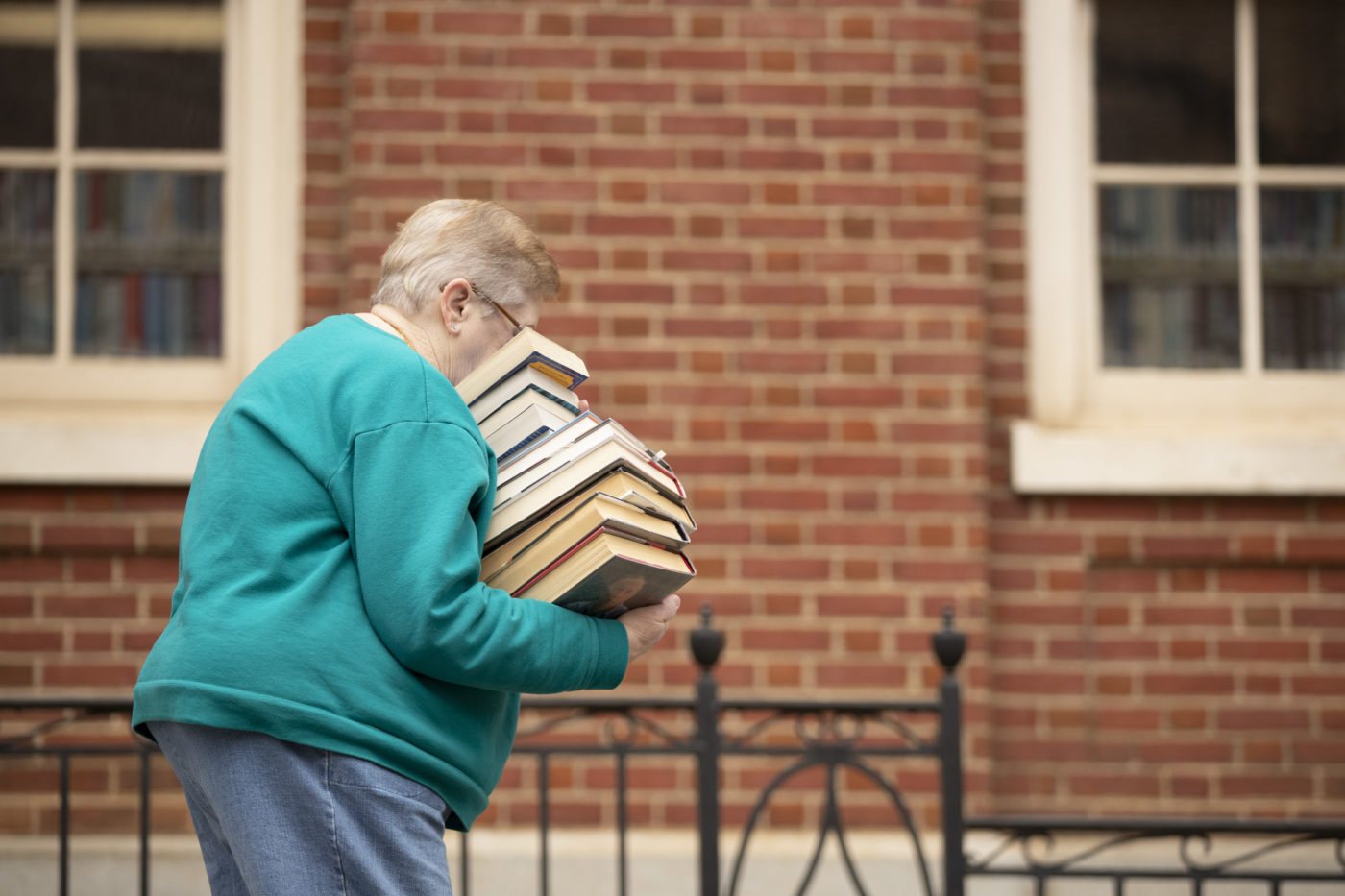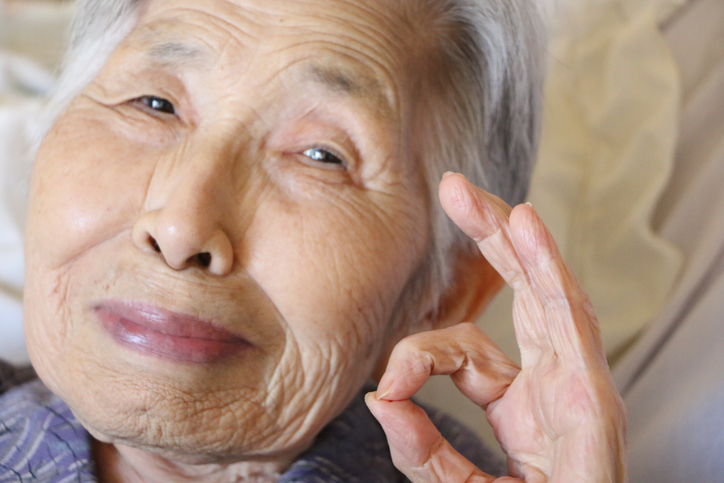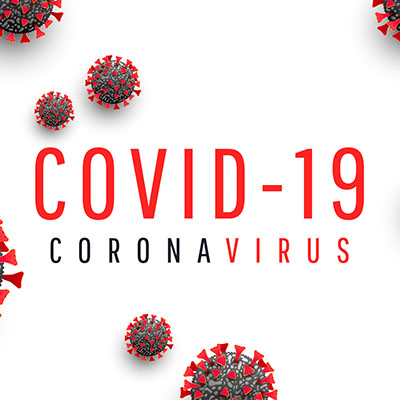
I never thought something as simple as walking around in my house could change life so much.
It happened quickly—one misstep, a slip, then a blur of motion and sound. The thud was loud, but the silence afterward was louder. Lying there on the kitchen floor, with the familiar tiles suddenly unfamiliar beneath me, I realized I wasn’t just hurt; I was in shock.
We often hear about falls as we age, almost as if they’re an inevitable rite of passage in our golden years. But when it happens to you, it becomes very personal. The bruises fade. The fractures (in my case, a humerus and shoulder socket) begin to heal. However, the experience lingers, whispering doubts into your daily life.
While I had only outpatient care, I returned home from the ER to a place I no longer trusted. My cozy, memory-filled house suddenly looked like a minefield—rugs that once added charm became hazards, steps seemed steeper, even the bathroom felt like a potential trap. And the fear… oh, the fear of falling again can be more paralyzing than the injury itself. It happened to my mother in her later years and now to me.
I felt embarrassed at first. I didn’t want to talk about it, and I didn’t want people to see me as helpless and needy. But I’ve learned to accept help when I need it. (I actually asked a stranger walking by my house to remove a bubbly casserole dish from the oven.)
I had to change my negative self-talk and reclaim some power—I wasn’t just an older woman who had fallen, I was someone recovering, learning and adapting.
Gratitude was the solution. I have a network of people who support me. A friend offered to help with litter box duties (I simply couldn’t, but the offer said so much), my hairdresser offered to wash my hair any time throughout my recovery, offers of rides were so kind and a casserole of comfort food showed up unbidden. In a few weeks’ time, I sorted out a few things to make activities of daily living doable. My daughter came by for some odds and ends, and the rest could wait.
Time is helping my body heal, but I accept that I’m not invincible. I also made some changes in the house: installing grab bars in the bathroom, improving the lighting and reorganizing the kitchen cabinets—not because I’m giving in to age, but because I’m choosing safety over stubbornness. The fall didn’t break me. It reminded me that life doesn’t come with guarantees, no matter how many birthdays you’ve celebrated. And it did give me a new lens to look through, one that values preparation, community and the quiet strength to ask for help when I need it.
After the dust settled, I was left with a feeling much like that of being in a car accident. Fear and discomfort, yes, but also the loss of control and powerlessness we often feel in life. It’s OK to feel shaken. It’s OK to take your time. Recovery isn’t just about healing bones. It’s about reclaiming your life, one confident step at a time.
I’m still walking—a little slower, maybe, but with more intention and grace. And that, I’ve come to learn, is its own kind of victory.
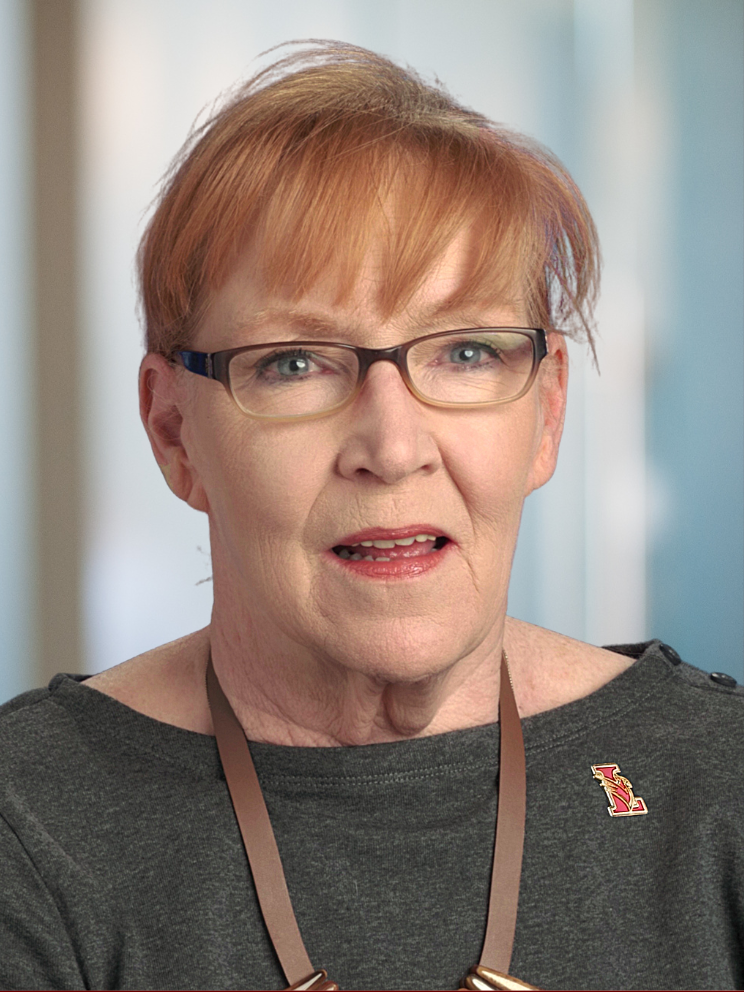
Pepper Evans works as an independent-living consultant, helping older adults age in place. She is the empty-nest mother of two adult daughters and has extensive personal and professional experience as a caregiver. She has worked as a researcher and editor for authors and filmmakers. She also puts her time and resources to use in the nonprofit sector and serves on the Board of Education in Lawrence Township, NJ.

